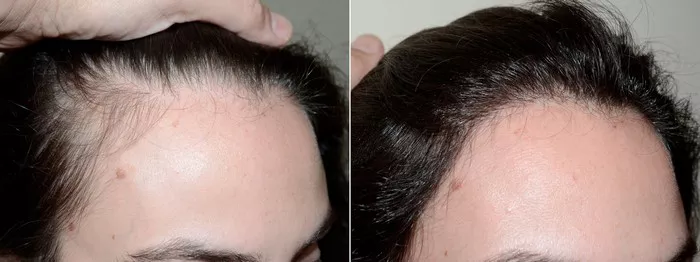Hair transplantation has become a popular and effective solution for both men and women dealing with hair loss. While the results of hair transplants are generally considered long-lasting, it’s essential to understand the factors influencing the longevity of the procedure, especially for females. In this article, we delve into the various aspects that determine how many years a female hair transplant can last.
Understanding Female Hair Loss Patterns
Before discussing the longevity of female hair transplants, it’s crucial to understand the unique patterns of hair loss in women. Unlike men who typically experience receding hairlines and bald spots, women often encounter diffuse thinning or widening parts. Female pattern hair loss (FPHL) can be influenced by genetics, hormonal changes, age, and various medical conditions.
Factors Affecting the Longevity of Female Hair Transplants
Several factors play a role in determining how many years the results of a female hair transplant can last. These factors include the chosen transplantation technique, the quality of the donor hair, the expertise of the surgeon, and the post-operative care provided.
a. Transplantation Technique: FUE vs. FUT
The technique used in the hair transplantation procedure can impact its longevity. Follicular Unit Extraction (FUE) and Follicular Unit Transplantation (FUT) are the two primary methods. FUE involves harvesting individual follicles, while FUT extracts a strip of tissue containing multiple follicular units. Both methods can yield long-lasting results, but FUE is often preferred for its minimally invasive nature and quicker recovery.
b. Quality of Donor Hair
The quality of the donor hair, typically taken from the back or sides of the scalp, is crucial for the success and longevity of the transplant. Healthy and robust donor hair is more likely to thrive in the recipient area and maintain its vitality over time.
c. Surgeon Expertise and Clinic Reputation
The skills and experience of the surgeon performing the hair transplant are paramount. Choosing a reputable clinic with experienced surgeons increases the likelihood of achieving natural-looking and enduring results. Researching the credentials of the medical team, reviewing patient testimonials, and assessing before-and-after photos can help individuals make informed decisions.
d. Post-Operative Care and Follow-Up
Proper post-operative care is essential for ensuring the longevity of a female hair transplant. Following the surgeon’s instructions, avoiding activities that may harm the transplanted hair, and attending follow-up appointments are crucial steps. Regular check-ups allow the medical team to monitor progress, address any concerns, and provide additional guidance for maintaining the results.
Expected Lifespan of Transplanted Hair
Hair transplants involve moving hair follicles that are genetically resistant to balding. These transplanted follicles retain their natural characteristics, including resistance to the hormone DHT (dihydrotestosterone), which is a primary factor in hair loss. As a result, the transplanted hair is expected to be permanent and last a lifetime.
Natural Hair Aging and Maintenance
While the transplanted hair is considered permanent, it’s essential to note that the natural aging process still applies. As individuals age, hair may naturally thin, and the texture may change. However, the transplanted hair retains its resistance to balding, providing a fuller and more youthful appearance compared to the surrounding, non-transplanted hair.
Maintenance Strategies for Long-Lasting Results
To maximize the longevity of a female hair transplant, individuals can adopt certain maintenance strategies:
a. Healthy Lifestyle: Maintaining a healthy lifestyle with a balanced diet, regular exercise, and stress management can positively impact overall hair health.
b. Avoiding Harmful Practices: Limiting the use of heat styling tools, minimizing chemical treatments, and avoiding tight hairstyles can prevent damage to both transplanted and existing hair.
c. Medical Treatments: Some individuals may benefit from additional medical treatments, such as topical minoxidil or oral medications, to support the overall health of the hair and slow down any potential thinning.
See Also: [Revealed!] The Possibility of Shock after a Hair Transplant
Conclusion
A female hair transplant, when performed by skilled surgeons and complemented by proper post-operative care, can offer long-lasting and satisfying results. The transplanted hair is expected to be permanent, providing a natural and fuller appearance. Understanding the factors influencing the longevity of the procedure, adopting healthy lifestyle practices, and considering additional maintenance strategies can contribute to the enduring success of a female hair transplant. As with any medical procedure, thorough research and consultation with experienced professionals are crucial steps in achieving optimal and lasting results.


